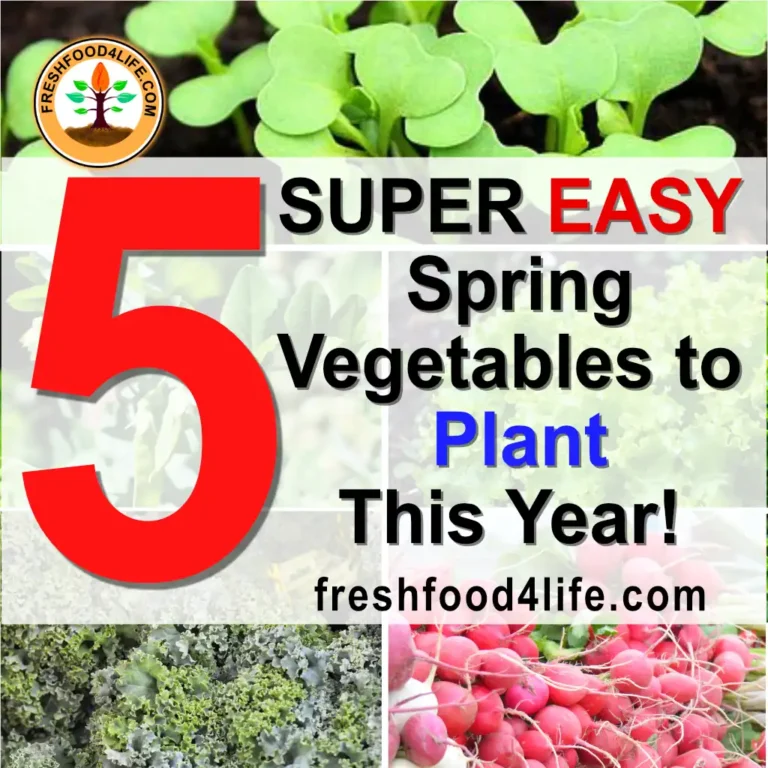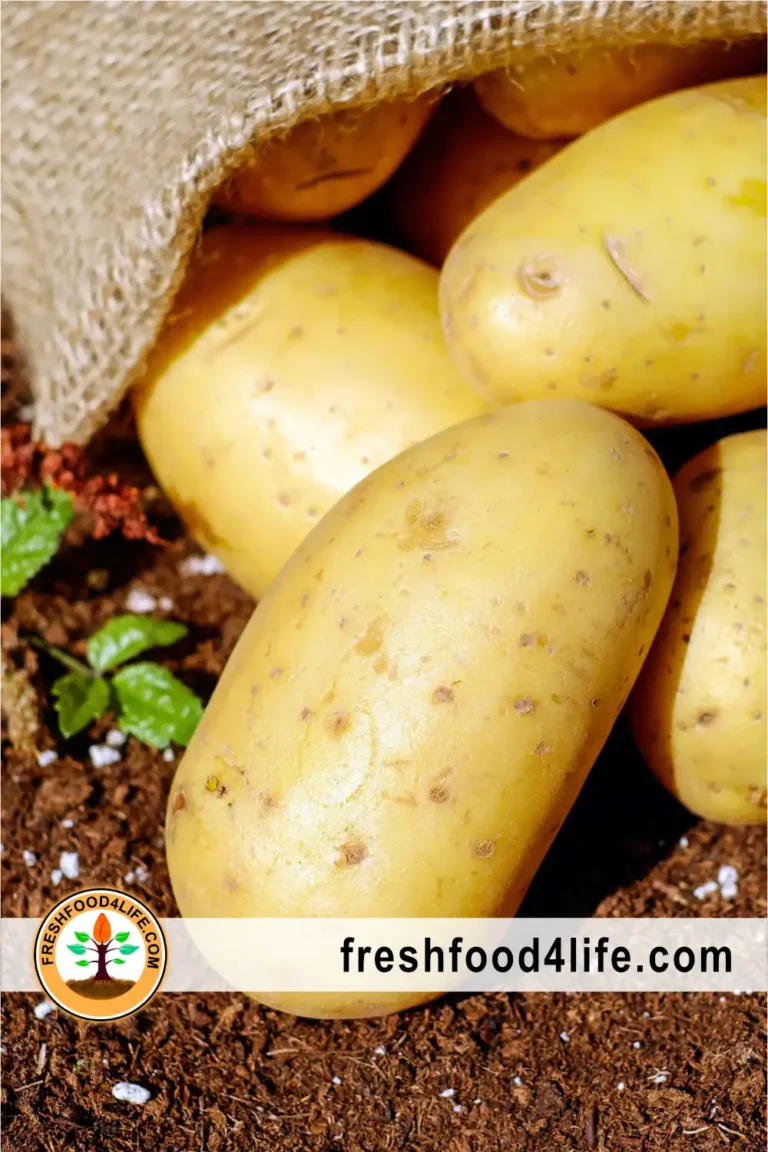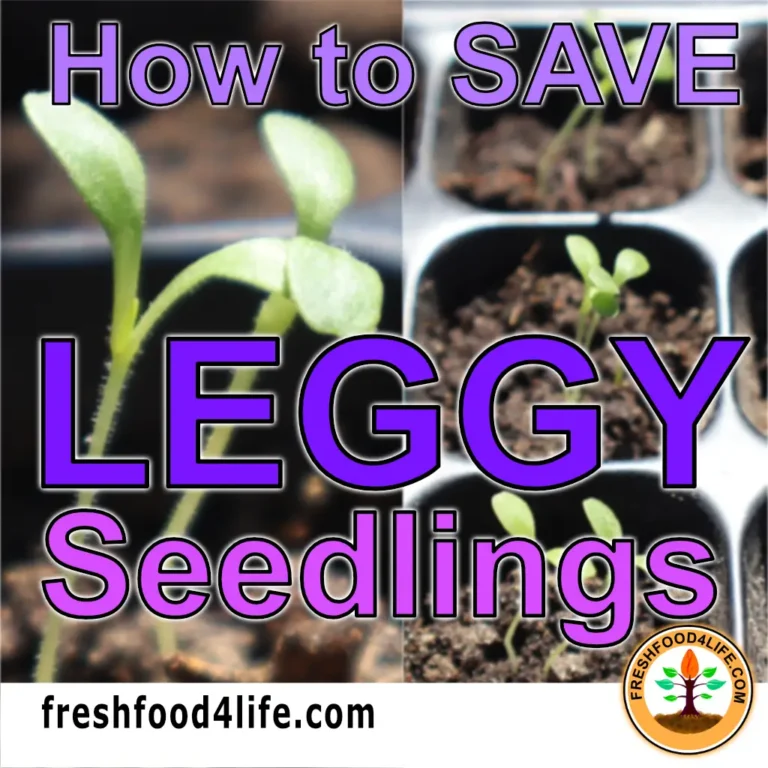Published: February 5, 2025 Last Updated: February 8, 2025
Tomatoes are one of my favourite vegetable/fruit to grow. Delicious in salads, tomato sauces and salsas, pizza and the best, straight off the vine. Tomatoes can benefit a lot from companion planting. In this article, we dive into the best companion plants for tomatoes and ones which shouldn’t be planted as companion plants.
Table of Contents
What Are Companion Plants?
People plant companion plants near specific crops to enhance growth and pest protection. They basically create a symbiotic relationship between each other, in which they can thrive and grow to their full potential. People also call this type of gardening interplanting, or intercropping.
Benefits Of Companion Planting For Tomatoes

Growing companion plants near tomatoes comes with many benefits, such as repelling nasty insects while attracting good insects, and aerating the soil. Some plants will attract pollinators to help increase fruit set on your tomato plants. Root crops can help aerate the soil, and nitrogen-fixing plants can help give your tomato plants a nutritional boost. Some plants will act as bait for those pesky pests.
Companions planting use any extra space available so you can get more food per growing area. If you plant low-to-the-ground plants, you’ll have a living mulch to protect the soil. Growing plants near each other allows both plants to share the nutrients and improve each other’s health.
It’s very important to know which plants to are best for the crop you decide to grow, in which case is tomatoes. Unhealthy plants may stunt or inhibit your tomato plants’ growth. So here’s the list of the worst and best companion plants for tomatoes.
Best Companion Plants For Tomatoes
Basil
Basil is an excellent companion plant for tomatoes because they fill in any space, provide shade and repel pests which include aphids, whiteflies and hornworms. The fragrance of the basil hides the smell of the tomato plant, which makes it harder for pests to find and attack it.
Chives
Just like basil, chives are another strong-scented herb that repels aphids, nematodes and spider mites and when allowed to flower they attract pollinators such as butterflies, bees and beneficial wasps.
Garlicgarlic Garlic: An onion-like plant (Allium sativum) of southern Europe having a bulb that breaks up into separable cloves with a strong distinctive odor and flavor. Used as a seasoning in a variety of dishes around with world.

Garlic is another great plant to grow next to tomatoes, because it has antibacterial and antifungal compounds that deter pests and a natural remedy for soil-borne and fungal diseases.
Borage
If you’re looking for some flowers to brighten up the gardenhome garden A designated area around a residential property where individuals cultivate plants, fruits, vegetables, or ornamental plants for personal use. It comprises a farming system that combines physical, social, and economic functions on the area of land around a family home, providing a sustainable source of food and other benefits for the household, extended family, and friends., then borage is the plant to choose. Borage is a source of B vitamins, beta-carotene calcium and trace minerals that help improve the soil. They also repel tomato hornworms and attract a various number of bees to help pollinate your tomato blooms.
Carrots
Carrots have deep taproots that aerate the soil and dense foliage that shades the ground. The powerful scent emitted by the carrot leaves will deter aphids and whiteflies.
Calendula
Calendula is an excellent companion plant for tomatoes to deter hornworms because it produces a woody, musty smell to help mask the tomato’s scent. They also repel rabbits, aphids, flea beetles and nematodes. Its vibrant blooms help to attract beneficial insects like bees and hover flies that’ll help eat aphids.
Radishes

Flea beetles typically attack young, delicate tomato plant leaves. Radish is really prone to get attacked by flea beetles. So the radish will become a trap crop, allowing the more valuable tomato plant to survive. You may have to sacrifice your radish crop, but it’s worth it to save your tomatoes.
Nasturtium
Nasturtiums, with their vibrant blooms and pungent foliage, they prove to be invaluable allies in the tomato garden, not only by deterring aphids and whiteflies with their strong odour but also by acting as a trap crop, luring away these pests from your more valuable tomato plants. The bright-coloured flowers are sure to attract more pollinators to your garden.
Lettuce
Lettuce is really great to grow as a living mulch. Its shallow root system and quick growth makes lettuce an excellent companion plant for tomatoes. The presence of lettuce helps deter certain pest that target tomatoes like slugs and snails by becoming a trap crop. The tomato plant will also provide shade for the lettuce so they wouldn’t go to seed.
Peas
Peas are an excellent companion plant for tomatoes. Their ability to take nitrogen from the air and put it into the soil benefits the tomato plant. Not only that, the pea roots fix the soil structure, by loosening any compact soil. The earlier harvest of peas allows for efficient use of the growing space.
Marigold

Marigolds deters a variety of pests, such as aphids, whiteflies and even nematodes. Many gardeners strongly believe that planting marigolds by tomatoes will enhance the overall health and vigour of the tomato plants. We planted it near our tomatoes in the image above, and while I don’t think it made a big impact, the flowers are great to attract pollinators.
Asparagus
Asparagus releases a compound toxic to root-knot nematodes to help prevent chlorosis, stunting, and wilting in tomato plants. In turn, the tomatoes produce solanine which deters asparagus beetles. It’s a win-win. The asparagus roots also have an extensive root system that can help improve drainage in the soil.
Worst Companion Plants For Tomatoes

Although we have a lot of good companion plants for tomatoes, there are a few bad ones which shouldn’t be planted nearby. Some which can attract pest to your tomatoes, and some which will compete with them.
Other nightshades
Tomato is in the nightshade family, along with potatoes, eggplants, and peppers. If planted nearby, you risk all your tomato plants getting problems, because they all share the same pests.
Corn
You don’t want to plant any corn near your tomato plants because they share the same pest, the tomato fruitworm a.k.a. corn earworm.
Rosemary

Rosemary is a plant you shouldn’t grow near tomatoes, because tomatoes love moist soil and require lots of water, whereas rosemary like super dry soil. So they wouldn’t thrive together.
Fennel
You don’t want to plant any fennel nearby, as the roots secretes a substance that inhibits tomato plant growth.
Brassicas & Cucumber
The brassicas include broccoli, cauliflower, cabbage, etc. You don’t want to grow any of these because they require plenty of nutrients to grow. They will compete for nutrients with the tomatoes. You also shouldn’t plant cucumbers, as they’re also heavy feeders.
Final Thoughts
There are many companion plants for tomatoes. Remember to not plant any of the bad plants, as they can hinder or kill the growth of your tomato plants. With a little planning, you can surround your tomatoes with plants that will help each other.




